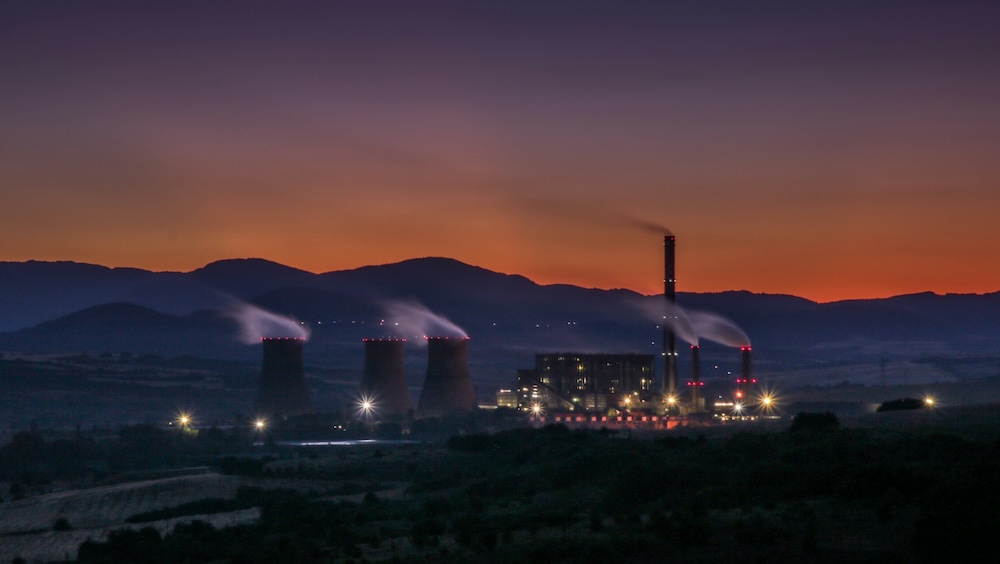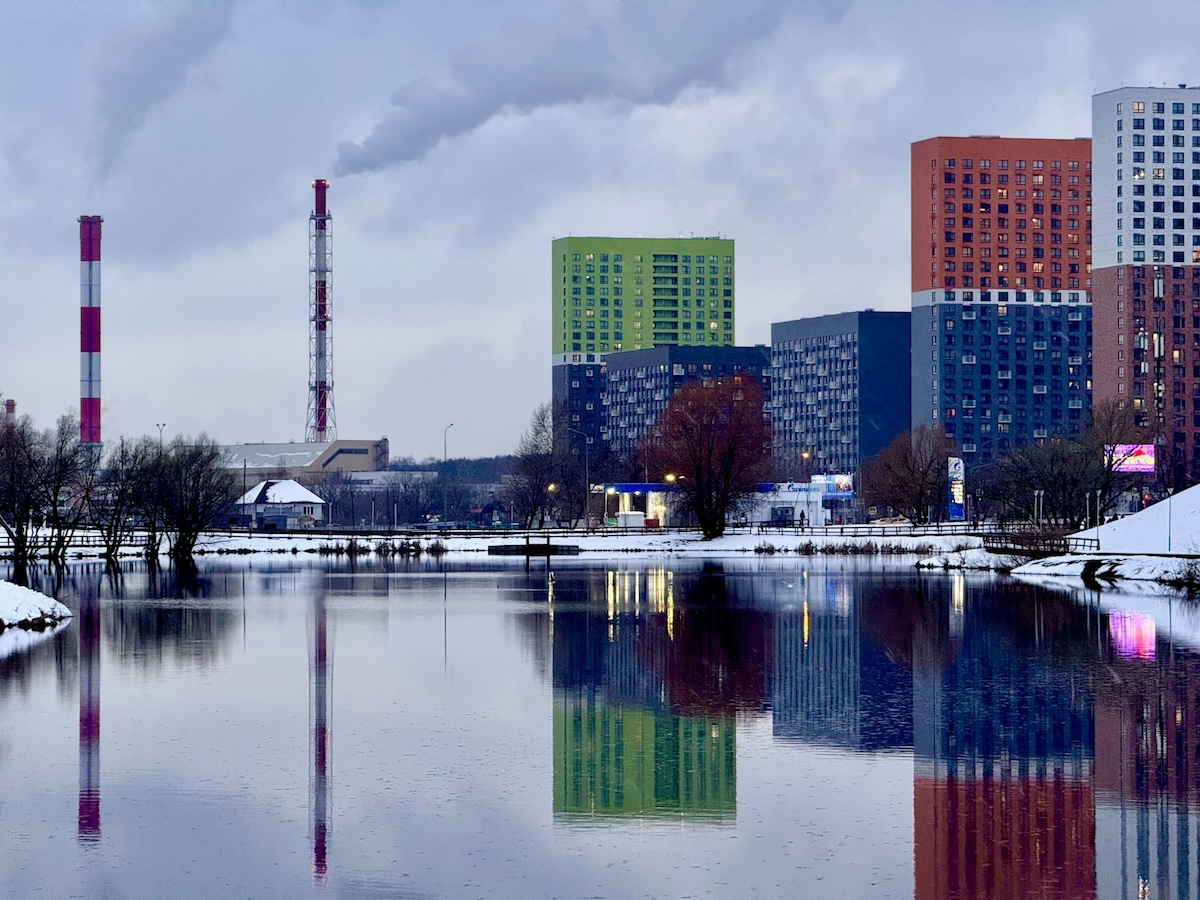
The Trump impact on nuclear energy: between ambition, acceleration, and controversy
President Donald Trump’s recent suite of executive orders marks a pivotal shift in U.S. nuclear energy policy, signalling an assertive effort to elevate nuclear power as a strategic pillar of national infrastructure, security, and economic growth. Trump impact on nuclear is reflected in the plan to quadruple capacity to 400 GW by 2050, positioning nuclear at the heart of the U.S. energy strategy.
A push for scale and speed

One of the defining features of the executive orders is a pronounced shift in the pace and scale of nuclear deployment. The administration has set an ambitious target: the construction of ten large-scale nuclear reactors by 2030, coupled with capacity upgrades totalling an additional 5 gigawatts across existing facilities. This directive signals more than a capacity boost—it aims to recalibrate the tempo of U.S. nuclear development after decades of regulatory inertia and cost overruns.
Central to this acceleration is a mandate for the Nuclear Regulatory Commission to streamline its licensing process. Agencies have been instructed to deliver decisions within an 18-month timeframe, a marked departure from the multi-year timelines that have traditionally slowed nuclear project execution. This is not merely a procedural reform—it represents a systemic shift intended to align regulatory rhythms with the urgency of decarbonization and national energy security.
The Department of Energy has been tasked with prioritizing next-generation nuclear technologies, with particular emphasis on SMRs. These compact, factory-built systems are increasingly seen as a flexible solution to rising base-load electricity demands, especially in high-stakes environments such as AI data centers and defense infrastructure. Their scalability, shorter construction cycles, and potential cost advantages position SMRs as a cornerstone of a more responsive and resilient nuclear energy strategy.
Investors’ response and industrial implications
The market has responded swiftly. Nuclear-focused firms, such as Oklo (OKLO), Centrus Energy (LEU), Nano Nuclear Energy Inc. (NNE) and BWX Technologies (BWXT), saw their share prices surge following the announcements. The orders have instilled confidence in the financial viability of SMRs and accelerated nuclear projects, paving the way for capital inflows and infrastructure expansion on a larger scale.
This enthusiasm reflects more than short-term speculation. By invoking the Defense Production Act, the administration is aiming to secure domestic fuel supply chains, notably for uranium enrichment and conversion, capabilities that have eroded over decades of underinvestment and reliance on foreign sources.
Nuclear in national security and AI infrastructure

A central pillar of the recent executive orders is the strategic integration of nuclear energy into the fabric of U.S. national security and digital infrastructure. Military installations have been designated as priority deployment zones for advanced nuclear reactors, a move that reflects growing concern over the energy resilience of defense operations. Simultaneously, data centers—particularly those supporting artificial intelligence and high-performance computing—have been formally classified as critical national defense infrastructure. This policy positioning redefines energy not simply as a utility, but as a national security asset.
The implication is twofold. First, embedding nuclear power within mission-critical infrastructure reduces exposure to grid instability and supports 24/7 operational readiness. Second, as digital infrastructure scales exponentially, with AI training workloads, defense simulations, and space programs consuming unprecedented energy—nuclear provides a high-density, zero-emission power solution that wind and solar cannot match alone. By pairing nuclear with these strategic sectors, the administration is signaling a future where energy security underpins digital sovereignty and military preparedness.
A controversial shift in safety standards
Not all aspects of the new policy have been welcomed with enthusiasm.
Among the most debated provisions in the executive orders is a directive for the U.S. Nuclear Regulatory Commission to reconsider its reliance on the Linear No-Threshold model for radiation protection. The LNT model—long the prevailing paradigm in radiological health—operates on the premise that any exposure to ionizing radiation, no matter how minimal, incrementally increases cancer risk. Revisiting or potentially phasing out this model marks a significant inflection point in nuclear safety regulation.
Proponents argue that the model is overly conservative, unnecessarily slowing down innovation and infrastructure development in the nuclear sector. A more nuanced, evidence-based approach to low-dose radiation could streamline permitting and accelerate timelines for reactor deployment. However, the potential rollback of the LNT model has sparked strong opposition from public health experts and regulatory veterans, who warn that altering established standards may erode institutional credibility and public confidence.
The policy shift also introduces legal complexity, particularly in jurisdictions where safety regulations are closely tied to international frameworks. In effect, the administration faces a high-stakes balancing act: accelerating nuclear deployment while preserving the scientific integrity and public legitimacy that underpins long-term sector stability.
Strategic opportunity, conditional on execution
Trump impact on nuclear is defined by a bold and interventionist strategy—streamlining regulation, attracting private capital, and tying nuclear policy to national security. The goal: to reestablish U.S. leadership in a field shaped by both foreign competition and evolving grid demands.
Yet turning this vision into reality will demand more than executive action. It will require flawless technical delivery, cross-party political backing, industrial alignment, and sustained public trust. Without these, the Trump impact on nuclear may remain an ambition rather than an achievement.




